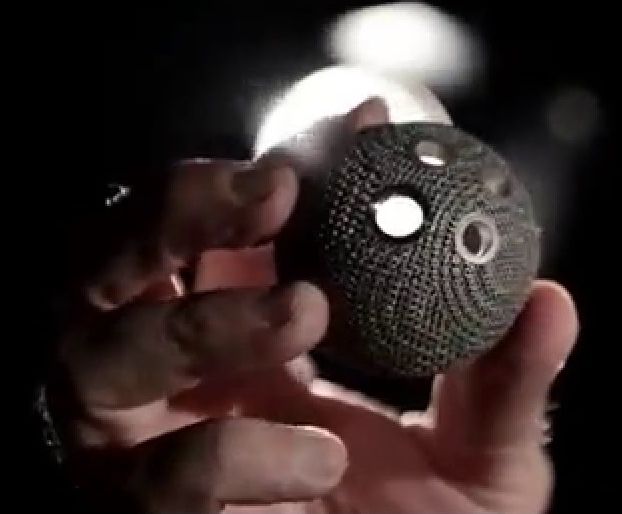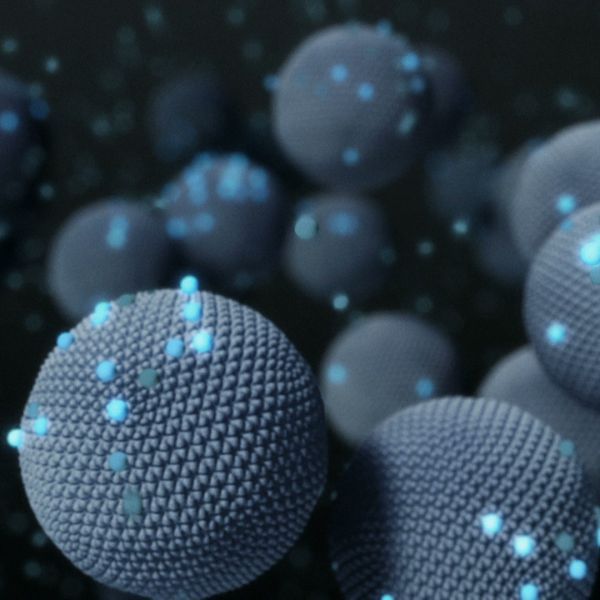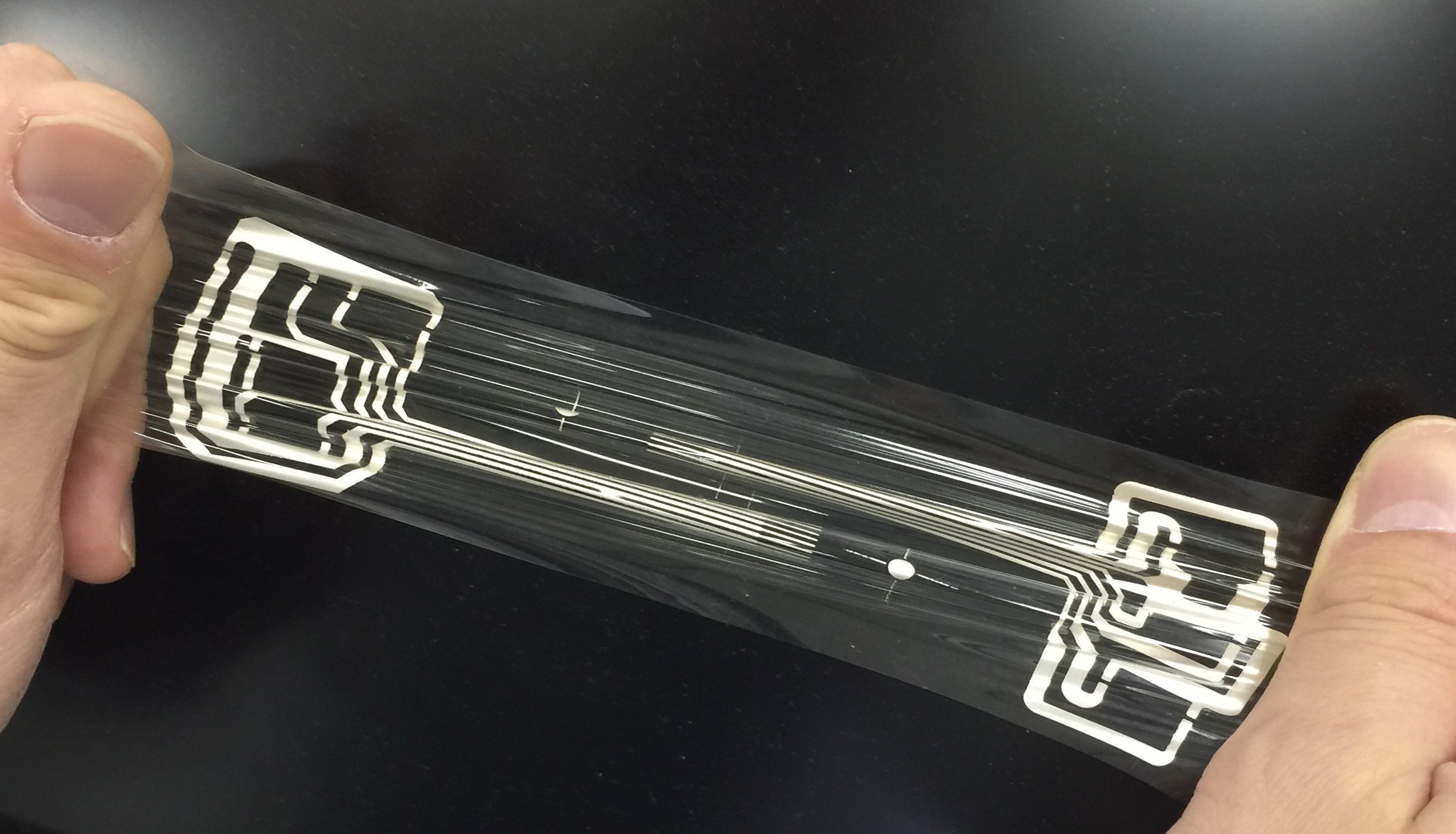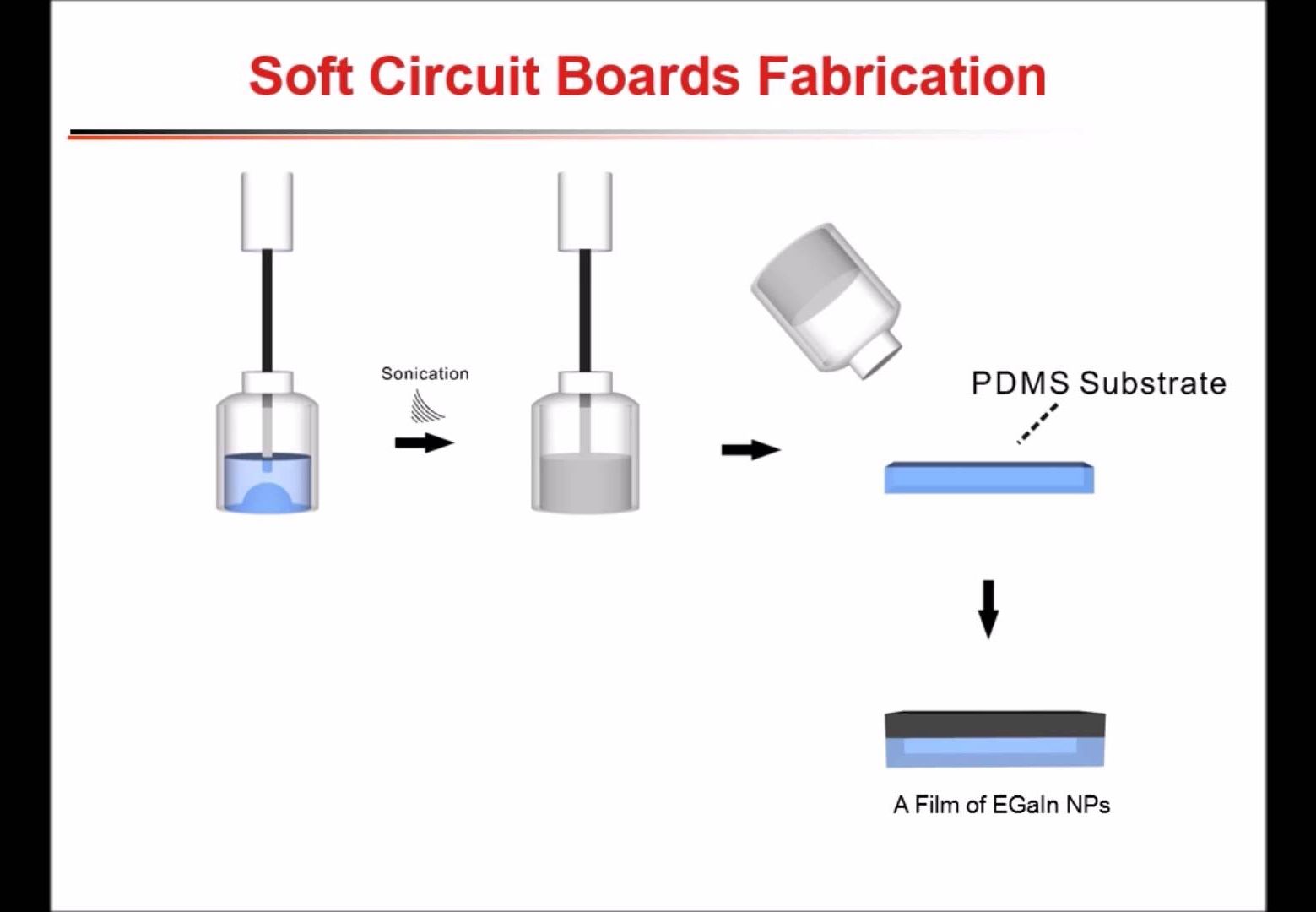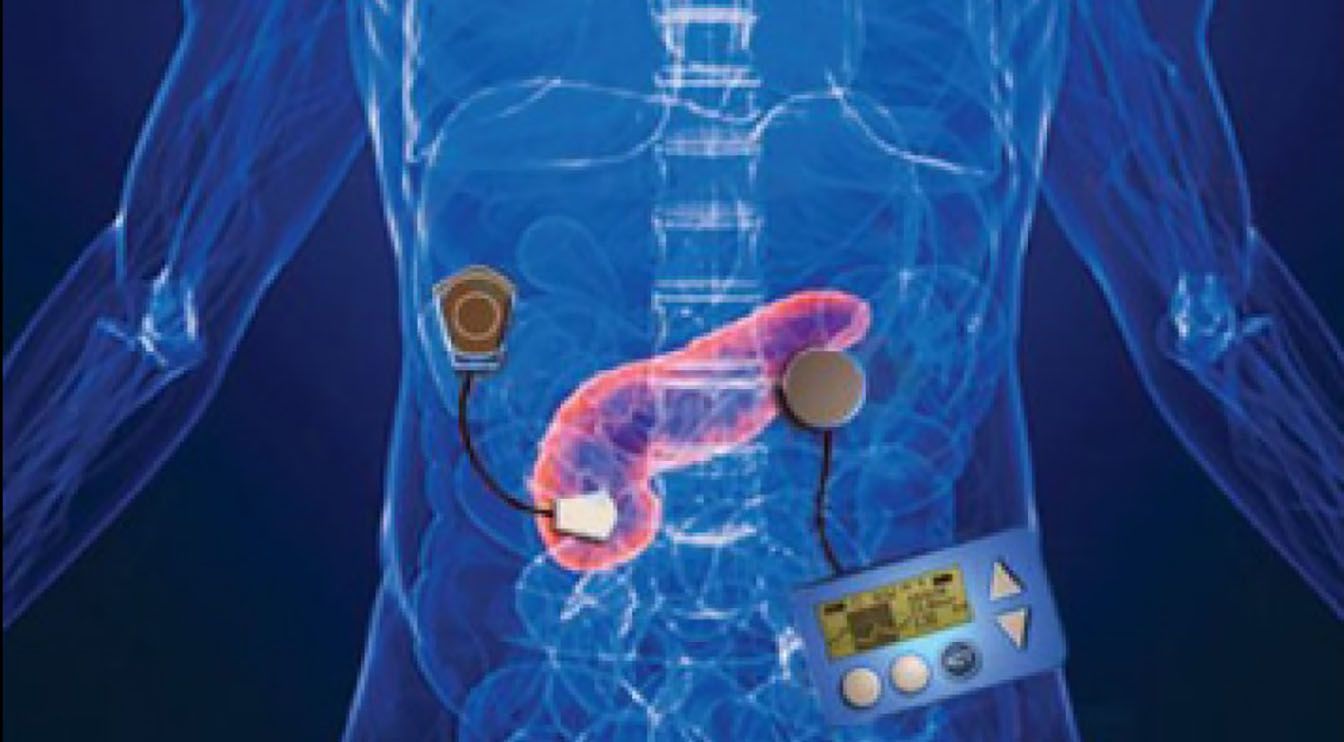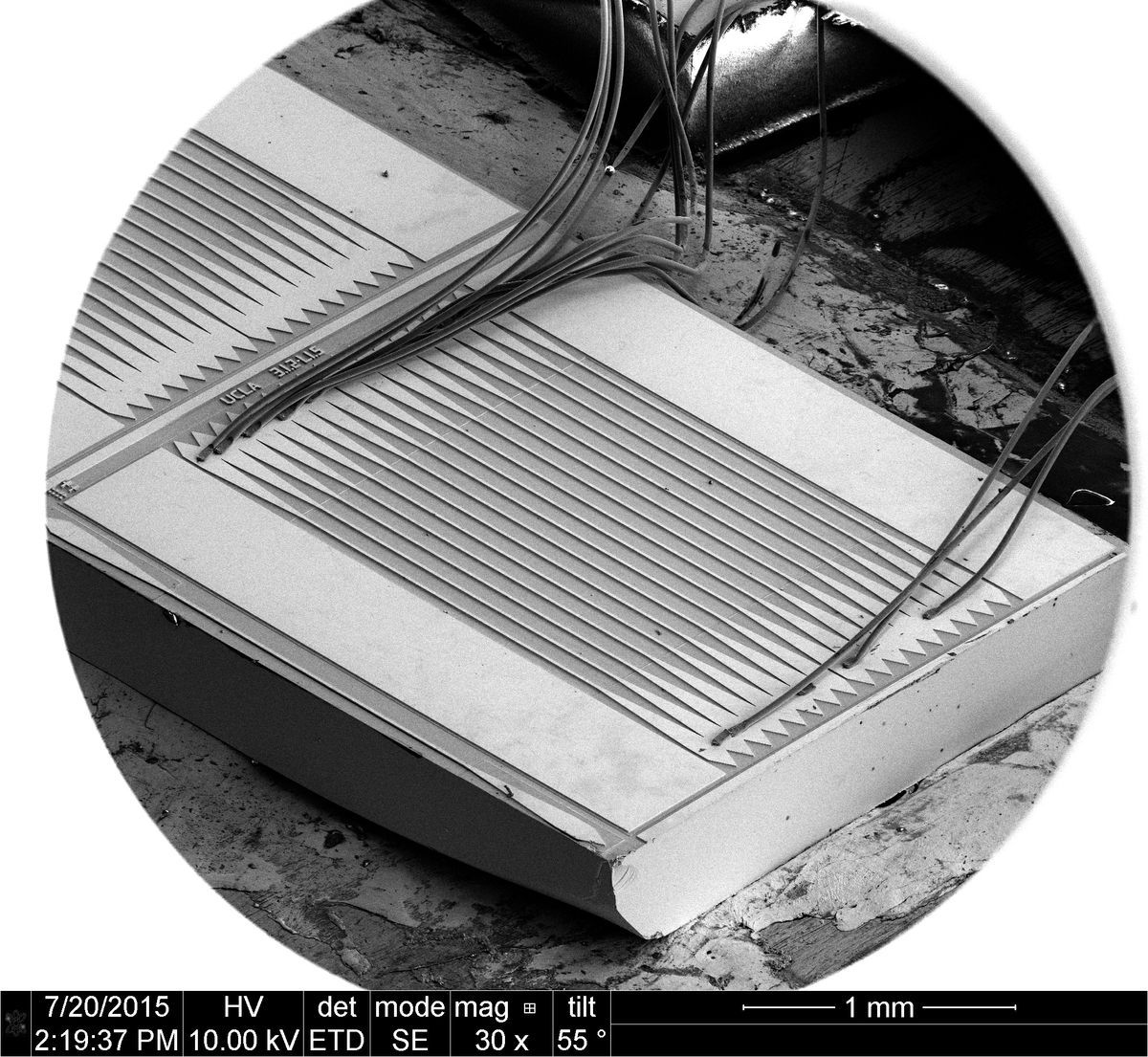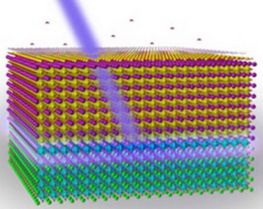After the acquisition of Phenix Systems, 3D Systems has been slow to roll out its metal 3D printing technology, an issue raised in a class action lawsuit against the company. Nevertheless, the company has been making progress and, today, 3D Systems announced the availability of their newest system, the ProX DMP 320.

The ProX DMP 320 is designed to be a high precision, high throughput laser sintering metal 3D printer capable of handling itanium, stainless steel, and nickel super alloy. Built with exchangeable manufacturing modules, the ProX DMP 320 is meant to allow for quick material change. To achieve the repeatability much sought after in mainstream manufacturing, the machine has preset build parameters based off of almost half-a-million builds. The ProX DMP 320 features a large build volume of 275mm x 275mm x 420mm with two configurations available, one meant for stainless steel and the other nickel super alloy. The machine offers centralized maintenance management, reduced argon gas use, and support for a serial manufacturing workflow.
